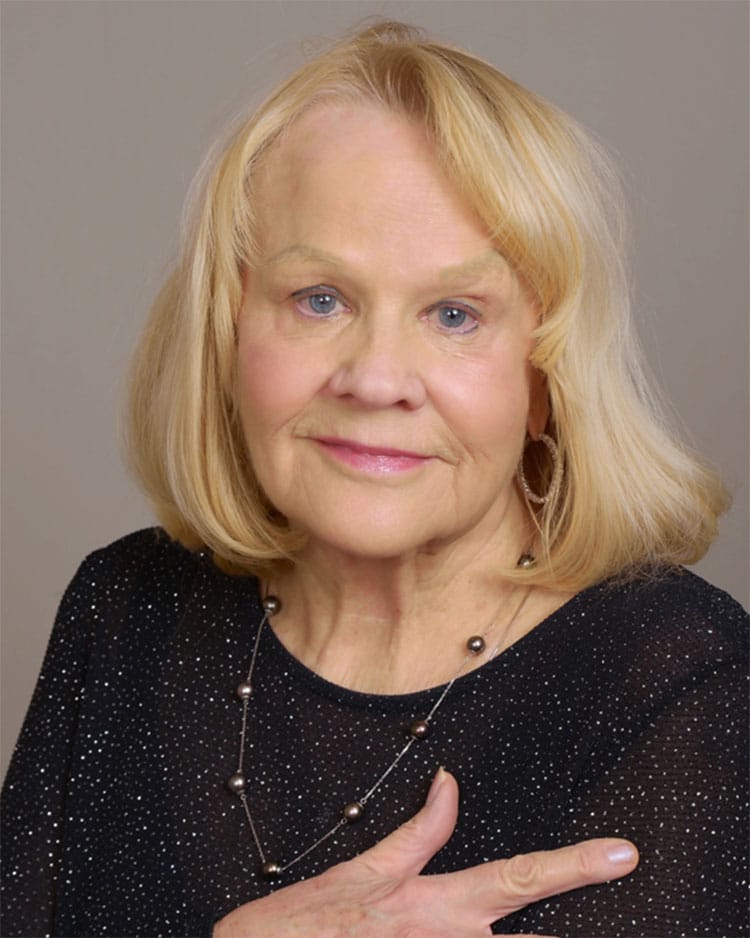Patricia Derrick’s Brainpaths Devices – Improving Memory and Cognitive Function by Stimulating the Sensory Cortex

Memory and cognitive function play a primary role in a person’s life because they regulate behavior, actions, activities, and lifestyle. People cannot function adequately or participate in society as active members if they lose cognitive functioning and memory. Thousands of people start witnessing issues as they age due to mild cognitive impairment (MCI) and several other disorders or conditions.
MCI is usually an intermediary stage between standard cognitive or memory performance and a significant decline in memory and cognitive function during dementia or other neurological and mental disorders. MCI adversely affects people’s interactions and functioning while increasing the risk for dementia stemming from Alzheimer’s disease. However, maintaining a healthy lifestyle while keeping the brain and neurological system engaged and active can substantially reduce the risk of dementia and memory or cognitive impairment.
The brain is an essential organ controlling and regulating memory, thought, communication, and other physical or social activities. However, a lack of activity adversely affects the mind while impairing cognitive functioning and memory. Preventing memory loss or cognitive impairment requires keeping the brain engaged and active by performing various mental exercises and activities.
For example, solving puzzles, reading books, playing games, and other activities requiring the brain’s involvement improve cognitive functioning while delaying and preventing memory loss and impairment. Regular exercise and keeping the brain engaged improves cognitive and memory performance and avert impairment. Patricia Derrick designed and invented the Brainpaths neurological medical device specifically to stimulate the brain and sensory cortex to reduce the probability of memory loss.
Patricia Derrick is an inventor and founder of the Brainpaths medical device that fires and wires neurons when users trace their fingers on the indented patterns on the plastic disc. Derrick invented the mechanism by following the principles of brain plasticity or neuroplasticity, where the mind and nervous system change their activities to respond to extrinsic and intrinsic stimuli.
Patricia Derrick had an inventive mind and a knack for closely observing her environments and elements. A wife, mother of two, and grandmother of six children, Patricia established the SpringStone Montessori Schools in 1977. She is also the founder and award-winning author of Animalations books that include songs that sing the text to stimulate the readers’ brains. Derrick is also a stockbroker principal with several years of experience working at Dean Witter Morgan Stanley. She is also a general contractor and licensed realtor, which enabled her to build Montessori schools in multiple states.
The founder and president of Brainpaths LLC completed her bachelor’s and master’s degrees from the University of Utah. She has vast experience teaching in public schools and the Metropolitan College in Denver, CO. Derrick discovered the philosophy or framework behind the Brainpaths device by observing children interacting in the language-based playgrounds of the Montessori schools.
The children quickly found their pathways by tracing their fingertips, compelling Derrick to research how fingertip tracing influenced cognitive functioning. She developed the device based on her research and findings regarding synapse connections and the role of mechanoreceptors under the fingertips in firing and wiring neurons.
The Brainpaths device utilizes the neuroplasticity concept to keep the mind active by compelling it to adjust to external stimuli. Users trace the indented patterns on the Brainpaths device, activating over 3,000 mechanoreceptors under the fingertips that trigger thousands of neurons for developing connections and activating the sensory cortex in the brain to memorize the patterns.
Repeatedly tracing the patterns enables patients and users to learn the design while keeping the brain active. Persistent and repetitive fingertip tracing improves synapse connections, cognitive function, and long-term memory. The patented non-powered device helps children and adolescents develop and enhance cognitive function while helping prevent memory loss and cognitive impairment during adulthood.
Patricia Derrick’s Brainpaths device is a novel invention that can prevent memory and cognitive impairment as people age by stimulating the brain and strengthening synapse connections. The apparatus and technique utilize the brain plasticity concept to fire and wire neurons and reinforce synapse connections. Derrick designed the device to improve memory and cognitive function by stimulating the brain’s sensory cortex using over 3,000 mechanoreceptors under the fingertips.
She used her inventive mind to design a non-powered device that compels users and patients to trace the indented patterns for activating neurons. The Brainpaths device helps prevent dementia stemming from Alzheimer’s disease and other neurological conditions or disorders by improving the neurons, sensory cortex, and brain activity. The mental exercise required for tracing fingertips on the unique patterns on the Brainpaths device improves cognitive and memory performance while minimizing the progression of dementia and reducing other symptoms associated with Alzheimer’s disease.
Have you read?
5 Ways to Build Resourceful Leadership Behaviors by Dr. Deana Murphy.
The dreaded ‘R’ word that won’t go away in 2023 by Ingrid Maynard.
The Power and Limitations of AI in Digital Marketing by Ryan Jenkins.
Rising Market Power of Technology Increases Inequality and Destroys Democracy by Mordecai Kurz.
The Impact of Artificial Intelligence on Medical Training and Careers by Dr. Payam Toobian.
Bring the best of the CEOWORLD magazine's global journalism to audiences in the United States and around the world. - Add CEOWORLD magazine to your Google News feed.
Follow CEOWORLD magazine headlines on: Google News, LinkedIn, Twitter, and Facebook.
Copyright 2025 The CEOWORLD magazine. All rights reserved. This material (and any extract from it) must not be copied, redistributed or placed on any website, without CEOWORLD magazine' prior written consent. For media queries, please contact: info@ceoworld.biz








